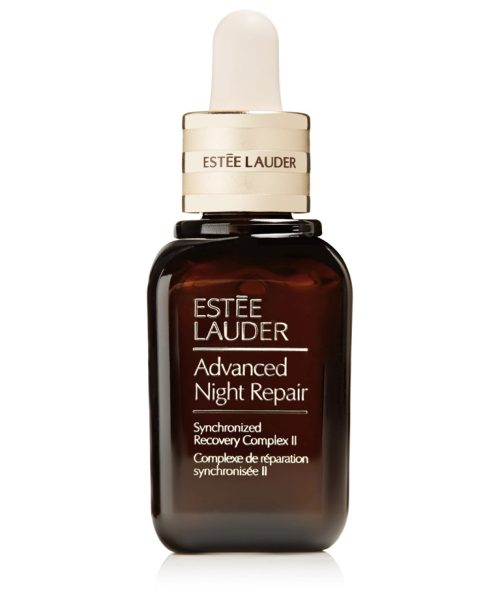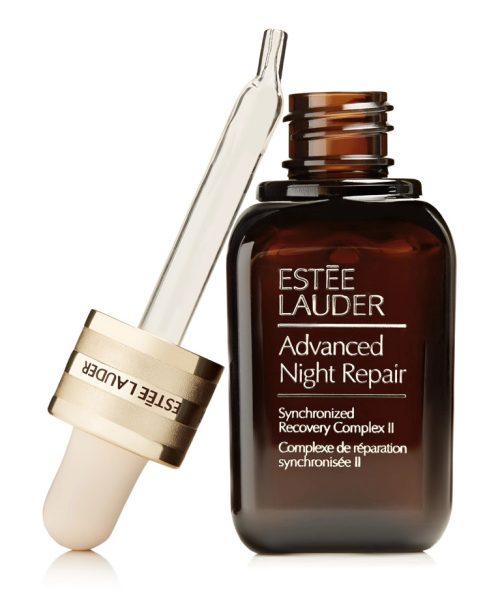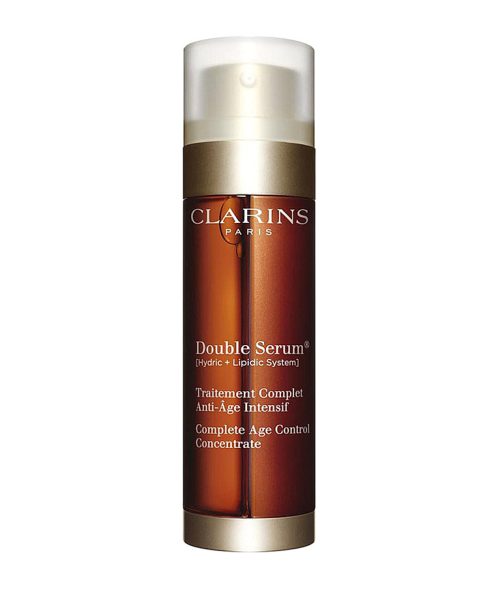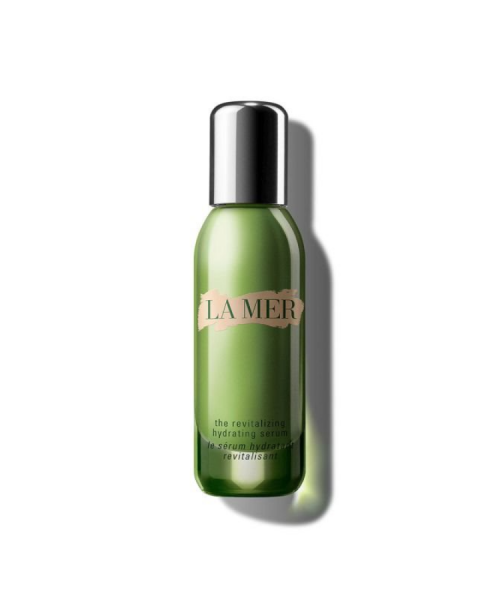LESSON ON SERUMS
SERUMS: THESE LITTLE WONDERS
Serum is a skincare product you can apply to your skin after cleansing but before moisturizing with the intent of delivering powerful ingredients directly into the skin. Serums are more nutrient rich and have more sheer and lighter weight than the moisturizers. They are made up of smaller molecules that can penetrate deeply into the skin and deliver a very high concentration of active ingredients. This makes them a great tool for targeting specific skincare concerns, like wrinkles. The little wonders come in many forms—liquid, gel, and even oil.
HOW TO APPLY?
You should think of serum as an essential supporting player. It should not be the only step of your routine, but an add-on to a moisturizer. Serum can be chock-full of moisturizing ingredients (hyaluronic acid, ceramides) to help skin retain moisture. But, that doesn’t make it moisturizer in the traditional sense. You should use it to target specific issues like pigmentation or dull skin. Because serums are highly concentrated, the rule applied is “less is more” and they do their best work against a backdrop of slightly damp rather than bone-dry skin.
As for application order, first consider the texture. With your skincare products you always want to go from the thinnest to the thickest. So things with the lowest molecular weight go first, then you work up. If you start with something that has a big molecule, the thinner won’t penetrate. Traditional serums are water-based. But as the face oil trend grows, more oils are marketed as ‘serums.’ Water-based serums go under the cream and they nourish the inner layer of the skin because the molecule is very small so it penetrates. The oil-based serums go on top of the moisturizer because they have a bigger molecule. They’re supposed to keep the cream and whatever you put underneath moist during the entire day.
A typical regimen might go as follows: liquid-y hyaluronic serum, then moisturizer, then oil serum, whose particles are the biggest.
WHAT IS THE RIGHT SERUM FOR YOUR SKIN?
Tailor the serums to your skin concern. A few examples are:
– Acne prone: Look for a serum with vitamin C (increases collagen production, enhances skin’s repair process, and reduces inflammation) or the gold standard, retinol (also an antioxidant, reduces inflammation) or zinc (soothes irritation, regulates oil production), and salicylic acid (unclogs pores).
– Dry: Look for vitamin E (an antioxidant, protects cells from oxidative damage), niacinamide (improves skin elasticity, increases ceramide levels in skin), glycolic acid (gently exfoliates and lightens discoloration), and hyaluronic acid (will help skin act as a superior sponge for moisture).
– Feeling dull: Look for antioxidants like green tea extract, resveratrol, ferulic acid (these combat free radicals, increase effectiveness of sunscreen by day, and promote cellular repair and healing by night).
WHAT YOU SHOULD KEEP IN MIND?
Because serums are super potent – so they are best able to get to the heart of the matter – be careful before piling it on. Powerful ingredients can irritate sensitive skin. Always patch-test accordingly.
While we often shift our skincare wardrobe from season to season, sticking to a serum program year-round is essential. Instead, change the hydrating part of your routine by season, going for something heavier in the colder months to a lighter version in the summer.
In the serum realm layering is certainly encouraged but there are a few quick rules to bear in mind:
For any complexion that’s historically reactive, extra attention should be given when combining vitamin A or retinol with vitamin C or any fruit acids. The mix tends to be too aggressive and can lead to irritation. To really play it safe, seek out one product that is thoughtfully formulated by chemists to include a number of these active ingredients.
Most importantly, while you should usually give a serum at least four weeks—because of the normal cell-turnover rate of our skin—to see if it’s a good add-on, if you see redness or irritation or experience itchiness, you better stop using it.
SUGGESTIONS?
ANTI-AGING
OILY SKIN
HYDRATION
CREDITS
Words:
Audrey Nikson
Featured Image:
Jasper Conran Spring 2017





